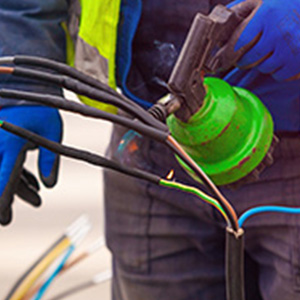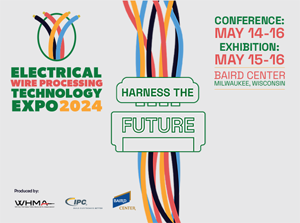- Choose the Right Heat Shrink Tubing: Pick tubing that matches your wire’s diameter. Make sure it has the right shrink ratio (e.g., 2:1 means it shrinks to half its size).
- Cut the Tubing to Size: Measure and cut the tubing so that it extends slightly beyond the area that needs coverage.
- Slide the Tubing Over the Wire: Before making any connections or splices, slide the tubing onto the wire or cable.
- Use a Heat Source: Apply heat evenly over the tubing using a heat gun, hair dryer, or even a lighter (for smaller jobs). Rotate the wire to ensure even heating.
- Allow to Shrink and Set: The tubing will shrink and tightly conform to the shape of the wire or component. Let it cool naturally, and you’re done!
This process is versatile and often used for repairs, adding strain relief, or bundling wires.
Heat shrink processes are important because they provide several crucial benefits for electrical systems and connections:
- Insulation and Safety: Heat shrink tubing insulates exposed wires and connections, reducing the risk of electrical shocks, short circuits, or accidents caused by bare wires touching each other or other conductive materials.
- Protection Against Damage: It acts as a protective barrier against moisture, dust, chemicals, and abrasions, prolonging the life of wires and cables, especially in harsh environments.
- Improved Durability: Heat shrink adds mechanical strength to connections, preventing wires from fraying or becoming damaged over time, and it can help prevent wear and tear caused by movement or vibrations.
- Enhanced Aesthetics and Organization: It helps keep wires and cables neat and organized, making electrical systems more visually appealing and easier to maintain or troubleshoot.
- Corrosion Resistance: The snug fit provided by heat shrink tubing protects against corrosion by sealing out water and other corrosive agents, which is critical for outdoor and marine applications.
All these factors contribute to the longevity, efficiency, and safety of electrical systems, making heat shrink processes a vital part of electrical maintenance and assembly.



